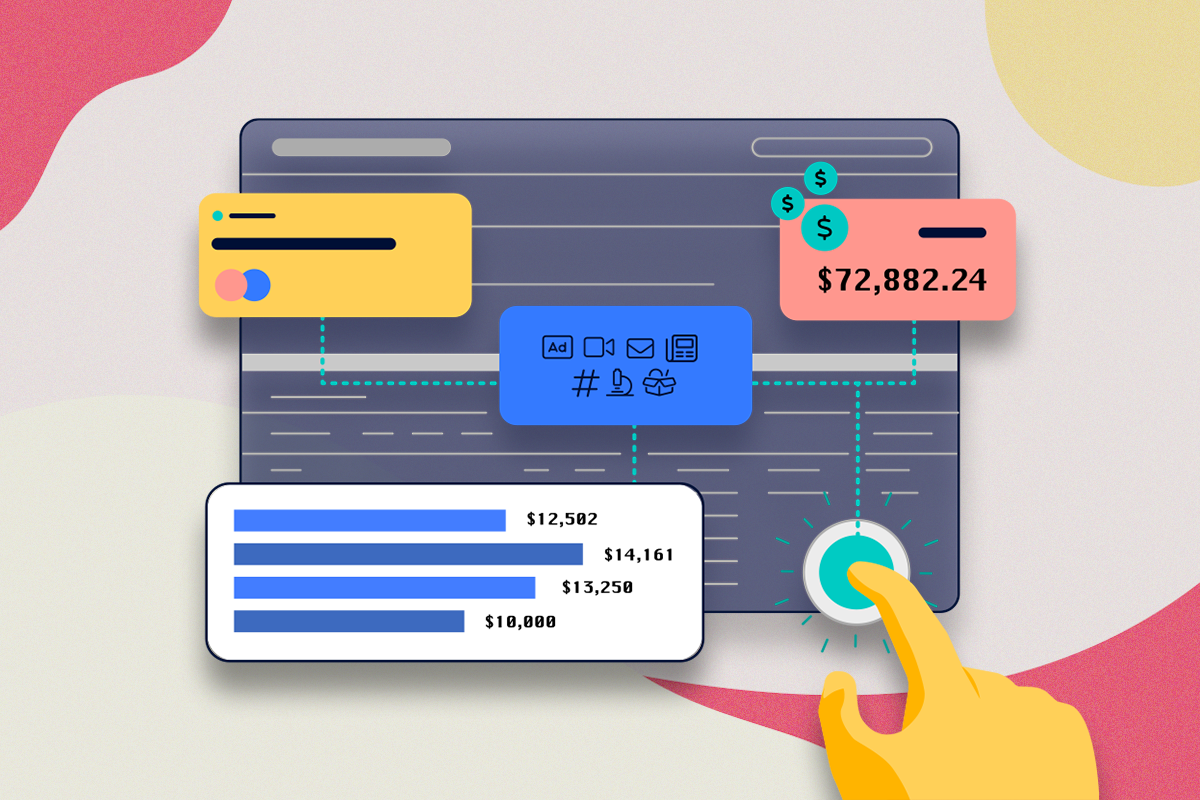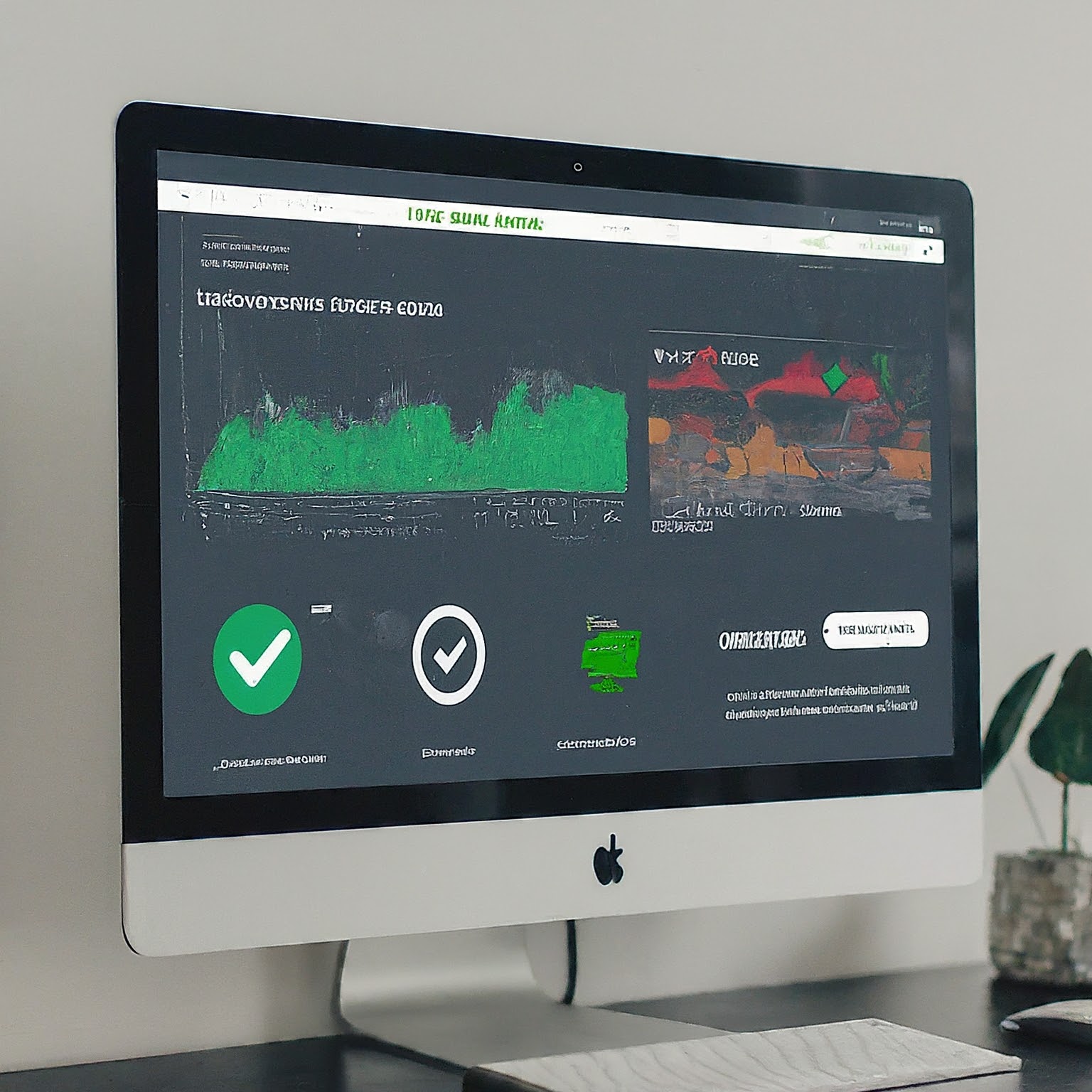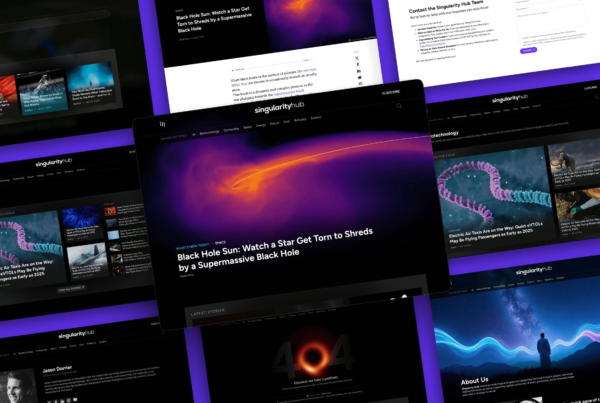Flexpress offers high-traffic website owners a modular DXP Platform that allows writers, editors, and business leaders to create content; display it optimally and beautifully to readers and search engines; comply with consumer data laws; and monetize more effectively—all at blazing-fast speeds.

Flexpress provides high-traffic website owners with a flexible DXP platform that supports seamless content creation and management. Flexpress ensures content is displayed beautifully and efficiently for both readers and search engines, while also maintaining compliance with consumer data regulations. Additionally, Flexpress empowers businesses to monetize more effectively, all with unparalleled speed.
#1: Proven Feature Set To Boost Website Audience and Earnings
The content management and monetization of capabilities of Flexpress’s SaaS suite draws on several components, including Flexpress WordPress backend, Flexpress Web headless frontend and API, and Flexpress Elements frontend component library.
This component library, when taken together, delivers four core advantages:
- A tested feature set for audience and revenue growth
- Architectural flexibility
- Stability and support
- Data-enablement for strategic insights
Since migrating from a competitor to Flexpress in 2021, on-site affiliate revenue for one publishing group grew by more than 1,500% two years later. Flexpress provides a premium feature set that is designed to massively grow website audience, as well as ad, and affiliate revenue (all with improved offer displays and improved SEO).
#2: Schema-Enabled Blocks That Boost Website Audience
The Flexpress Web headless frontend uses React and a GraphQL API to improve page load time and Core Web Vital scores. Beyond the audience boon that comes with improved site performance, Flexpress offers several features to bring in new audiences.

#3: Top-Tier SEO Features to Grow Website Audience
3a: Schema-enabled pages and blocks
Search engines like Google rely on schema markup (sometimes called “structured data”) to figure out what’s on a page and bring users to the most helpful content. Schema is essentially labels in the code that crawlers read to assess a page.
Schema can label post types (i.e., News Article, Tech Article, Advisor Content, Report) as well as blocks (i.e, Recipe, FAQ, How To, Tools & Materials).
Flexpress comes with a library of schema-enabled blocks and pages, as well as a commitment to adding further to ensure publishers keep up. In establishing the richest assemblage of schema-enabled blocks, Flexpress makes it easy to improve Google’s understanding of existing and future content, thereby lifting brand authority, making content eligible to appear in prominent modules on search engine results pages, and bringing more search engine users to Flexpress-powered content sites.
3b: Blocks that improve E-E-A-T
Google and other search engines care not only about the content within a particular article, but also the credibility of the entire domain. Authoritative, established sites receive much more favor in Google’s algorithm than domains that are new or suspect.
To determine whether a site is credible, Google looks for indicators of so-called E-E-A-T: Experience, Expertise, and Authoritativeness, which lead to Trust.
Flexpress offers several blocks that improve E-E-A-T, including:
- A “Why Trust Us?” content block
- Custom byline support to indicate editors, researchers, and fact-checkers
- In-article author bios
- Updated timestamps
- Detailed author pages that share the experience, education, and notable work across the internet.
3c: Enablement to improve crawl depth and crawl budget
There are two other important metrics to consider for SEO: crawl depth and crawl budget.
Crawl depth refers to how many pages a “crawler” (a cute word for a program that scans websites; “spider” is a less-cute word that means the same thing) needs to browse in order to get from one piece of content to another. The more pages a crawler needs to scan in order to reach most of the pages on a site, the harsher Google grades a domain.
One of the most effective ways to improve crawl depth is to have a very organized site taxonomy (categories, subcategories, sub-subcategories, etc.) and to have much of that site taxonomy referenced across all pages.
Flexpress can help improve crawl depth in a few ways:
- Flexible frontend that allows for several layers of category taxonomy within the header navigation, which exists on all pages.
- Flexible frontend (and backend configuration) that allows for several taxonomy layers to be referenced on every category page.
- Easy exports for content assessment and mass re-categorization.
- Script enablement for recategorizing tens of thousands of pieces of content at once.
- Breadcrumbs with schema on posts to indicate the placement of the page in the site hierarchy
Crawl budget refers to how many pages a crawler will scan on a given day. A domain wants to make sure its “budget” is being “spent” on the most high-value articles, so Google has a more favorable impression of the website.
Oftentimes improving crawl budget means strategically removing outdated or lackluster content, in order to give your highest quality pieces room to be noticed.
Flexpress can help sites better leverage crawl budget in several ways:
- Easy exports for content assessment and labeling for removal.
- Easy targeted redirection at a large scale via sheet import upload.
- Easy permanent (301) redirects via sheet upload.
- Easy “content deleted” messaging (410) via sheet upload.
Another boon to crawl budget is increased site speed. One of the factors that crawlers are limited by is time, which means they can crawl more pages on a faster loading site. When publishers move to Flexpress’s headless React frontend, they can see major improvements in site speed allowing for an increased crawl rate.
3e: Syndication Features
Flexpress publishers enjoy audience expansions through syndication partners like Apple News, Flipboard, SmartNews, NewsBreak, MSN, and Yahoo.
Flexpress’s syndication controls enable users to quickly push content to off-site partners and easily configure which articles go to which partners. Flexpress can also assist in creating new feeds for client-specific partnerships.

3f: Audience Recirculation Features
Flexpress also has a few features to improve site recirculation and engagement metrics like pages per session. Flexpress enables clients to use the following:
- Infinite scroll
- Related link modules in-content and below the content well
- Pre-footer link sets for high-value content (these are also great for reducing crawl depth!)
- Promotional ribbon for promoting new links or messaging in the header
#4: Grow Website Audience Monetization
By improving audience metrics using the tools above, sites are improving the efficacy of all onsite revenue levers, including programmatic and direct advertising impressions, affiliate marketing conversions, and direct-to-consumer sales.
In addition to the audience-expanding blocks, however, Flexpress offers blocks that drive revenue initiatives such as affiliate marketing, commerce, and lead gen.
4a: Special Blocks for Commerce Articles
- Product Card block with Amazon OSP integration and fields for description, rating, awards, and more.
- Product Table block for above-the-fold calls-to-action and improved conversion
- Tools & Materials block for adding affiliate revenue opportunities to how-to and DIY content
- Call-to-Action block for lead gen content or cost-per-click partnerships
4b: Special Page Types and Content Blocks for Sponsored Content
- Sponsored page templates with options for brand logo integration
- Badges for certain sponsored product cards
- Frontend flexibility for branded hub pages
- Flexpress customers also successfully integrate with Ceros for highly immersive content experiences and Pelcro for paywalled content
Please get in touch if you would appreciate speaking to a person about how to grow website audience using superior technical infrastructure: hello@flexpress.ai.




